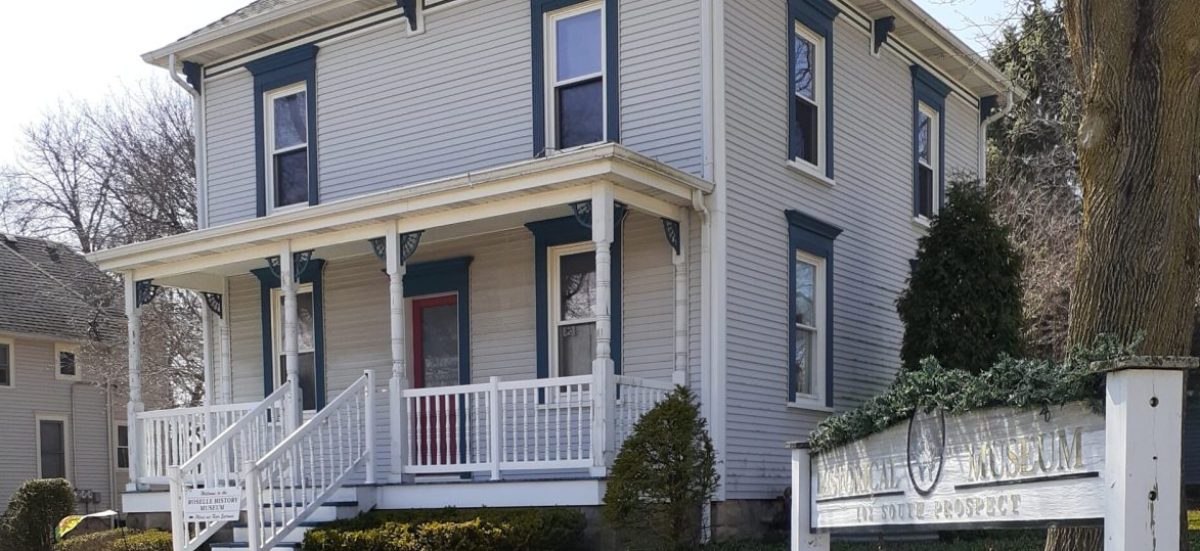THE VILLAGE OF ROSELLE – A BRIEF HISTORY
On March 11, 1833, the area’s first settlers, Silas L. Meacham and his brothers Harvey and Lyman, arrived in Bloomingdale Township. The Meachams claimed about 1200 acres of timber land – some of the land was granted by the government and some was purchased for $1.25 per acre. The Meachams’ only neighbors for the first year were the friendly Pottawatomie. In 1837, Deacon Elijah Hough and his wife Electa came to the Bloomingdale area with their ten year old daughter, Cornelia, and their two sons, Oramel and sixteen-year-old Rosell (Rosell’s name was spelled without an “e” on the end).
After spending three years in the Bloomingdale area, Rosell and Oramel went to Chicago for work. Oramel was a butcher and Rosell a foreman at a meat packing company. In 1850, Rosell built his own packing house on Halsted and Orange Streets. He received a large contract for supplying beef to the English troops fighting in the Crimea during the Russian war. From 1855 to 1856, Rosell was elected to serve as a Chicago alderman. He joined the Union Army in 1861 and achieved the rank of colonel. After the Civil War, Colonel Hough became the first president of the Chamber of Commerce in Chicago. When President Lincoln was shot, his body arrived by train to Chicago on the way to Springfield. Rosell Hough was asked to lead the funeral procession through the city. It was estimated that 37,000 marched and 150,000 lined Chicago’s streets.
In 1868, at the age of 48, Rosell retired from business in Chicago and returned home. He discovered Roselle was the thriving center of a rich farming district and purchased land to grow flax. He opened the Illinois Linen Company on the northwest corner of Roselle and Irving Park Roads. Rosell Hough was the first president of the fledgling Chicago and Pacific Railroad Company and he was in a position to influence the route of the railroad. He saw future growth for his linen mill if the train route would come through Wood Dale, Itasca, Medinah, and Roselle instead of Addison and Bloomingdale. It is rumored that he paid $10,000 to have the survey changed so the train line would go through Roselle. Old newspaper clippings state that the Chicago & Pacific Railroad named the station stop “Roselle” after its first president. It may be that the railroad, when printing the initial train schedule, misspelled Hough’s first name, thus giving our town the Roselle spelling we know today.
